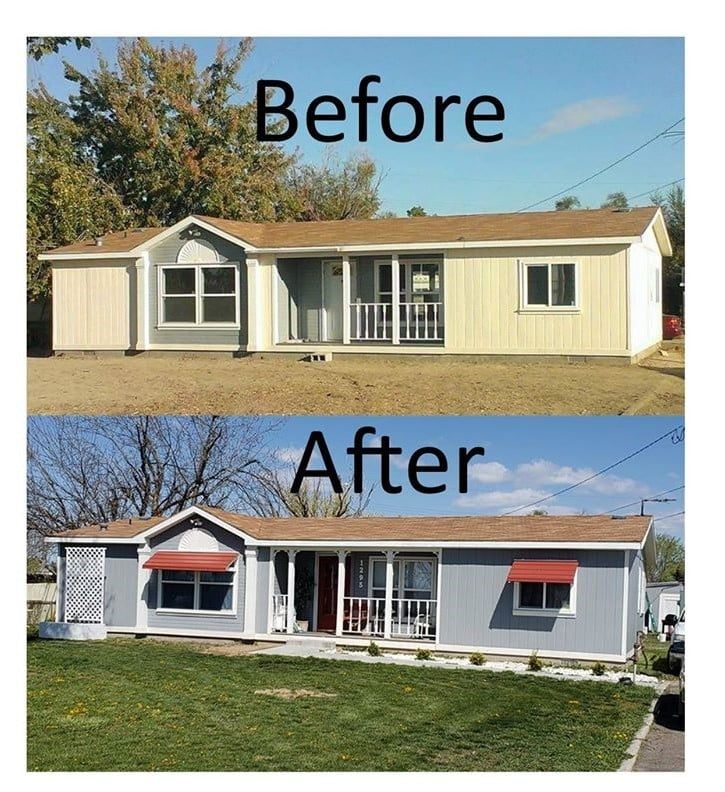
Building a new home or remodeling an old one is a big decision that requires careful consideration of several factors. Both options have their advantages and disadvantages, and it’s crucial to weigh them before making a choice. For some people, building a brand new home from scratch is the ultimate dream, while for others, remodeling an old property is the way to go. However, both choices come with their own set of pros and cons that are important to consider. In this article, we’ll take a closer look at the benefits and drawbacks of building a new home versus remodeling an old one. Whether you’re looking to upgrade your current living space or start anew in a different location altogether, our insights will help you make an informed decision about which route to take.
Building A New Home
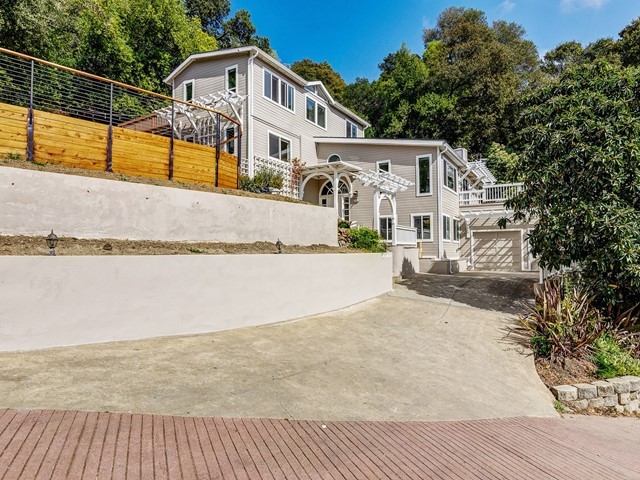
Constructing a new home is a significant undertaking, but it also comes with a unique set of opportunities. It allows you to start with a clean slate, where you can bring your vision to life exactly as you’ve imagined. Here’s a more detailed look at the process and considerations involved.
- Planning and Designing
The first step in building a new home is the planning phase. This involves selecting a suitable plot of land, defining your budget, and determining the size and style of your house. You’ll also need to choose an architect and builder who align with your vision and have a proven track record in home construction.
The architect will work closely with you to design a house that meets your needs and preferences. They’ll consider factors like the orientation of the house for optimal light exposure, the layout of the rooms for functionality, and the overall style to match your aesthetic.
- Securing Permits and Financing
Before construction can begin, you’ll need to secure the necessary permits. The requirements vary by location, so it’s important to research local regulations or work with a knowledgeable builder.
Simultaneously, you should finalize your financing. This might involve obtaining a construction loan, which is a short-term loan used to finance the building of a home. Once the home is built, you’ll typically refinance into a traditional mortgage.
- Construction Phase
Construction begins with site preparation, which may involve clearing land, grading for the foundation, and installing utility lines. The next step is to build the foundation, followed by framing the house.
Once the house’s structure is up, the construction team will work on the ‘shell’ of the house, installing the roof, windows, and exterior doors. This is followed by ‘rough-in’ work, where the basic electrical wiring, plumbing lines, and HVAC ductwork are installed.
The interior work begins with installing insulation and drywall, followed by painting, and installing interior doors, trim, and flooring. The electricians and plumbers will return to complete the wiring and plumbing.
Finally, the fixtures and appliances are installed, and the exterior work, like landscaping, driveway, and walkways, is completed.
- Inspections
Throughout the construction process, there will be several inspections to ensure that the home is being built according to code. The final inspection, also known as the Certificate of Occupancy, is conducted when the home is complete. Once it passes this inspection, the home is ready to be occupied.
Building a new home is a complex process, but the reward is a home tailored to your specifications. It’s an opportunity to create a space that reflects your taste, lifestyle, and future needs. It’s important to stay actively involved in each phase, ask questions, and make decisions promptly to ensure the process goes smoothly.
Building a New Home: Pros and Cons
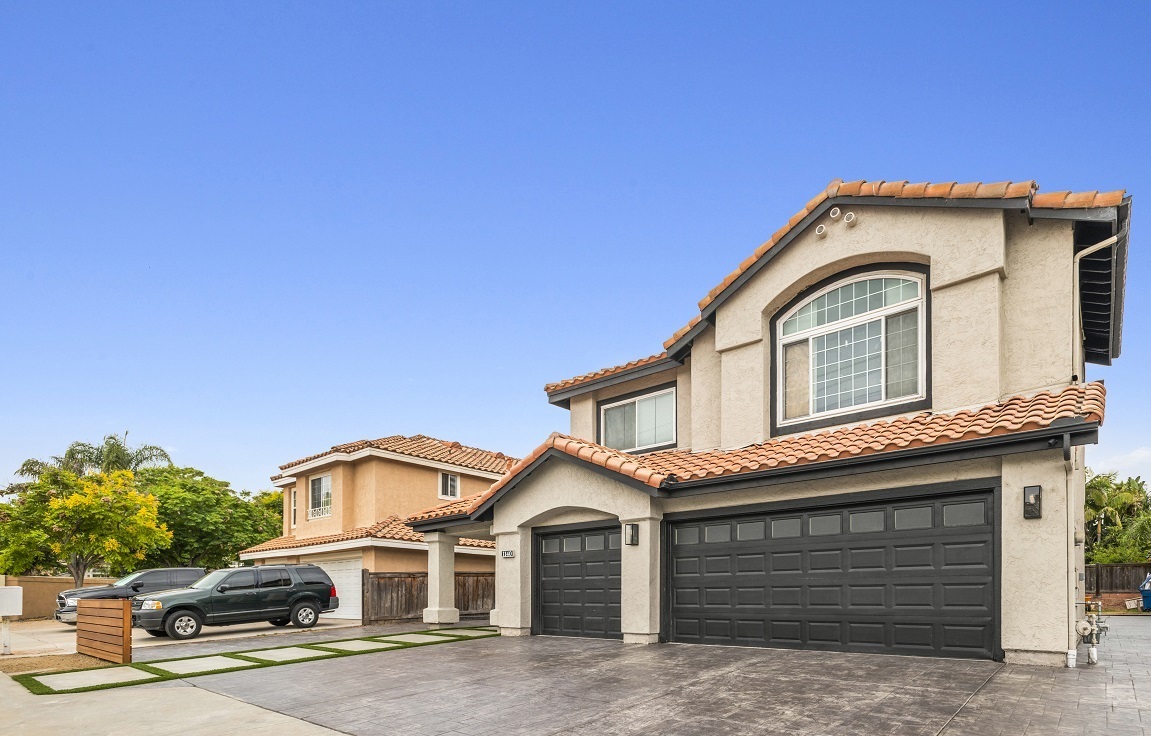
Pros:
Customization: Building a new home provides you with the opportunity to design and customize everything according to your personal preferences and needs. This includes the floor plan, room sizes, layout, and more. You can build the house to suit your family’s lifestyle and future requirements.
Modern Standards: New homes are built to contemporary standards and codes. This means they are often more energy-efficient, eco-friendly, and safer. Additionally, new homes often incorporate the latest technology, making them more comfortable and convenient.
Low Maintenance: A new home often requires less maintenance in the initial years as everything is brand new. This could potentially save you time, stress, and money.
Cons:
Cost: Building a new home is often more expensive than remodeling an old one. The costs can escalate if there are unforeseen complications or if you decide to upgrade materials or features during the construction process.
Time-Consuming: The process of building a new home can take several months to over a year, depending on various factors. This can be a significant inconvenience, especially if you need to find temporary accommodation during the construction period.
Location Limitations: With a new build, you’re often restricted to undeveloped areas or new housing developments. This could mean being farther from city centers or desired school districts.
Remodeling an Old Home
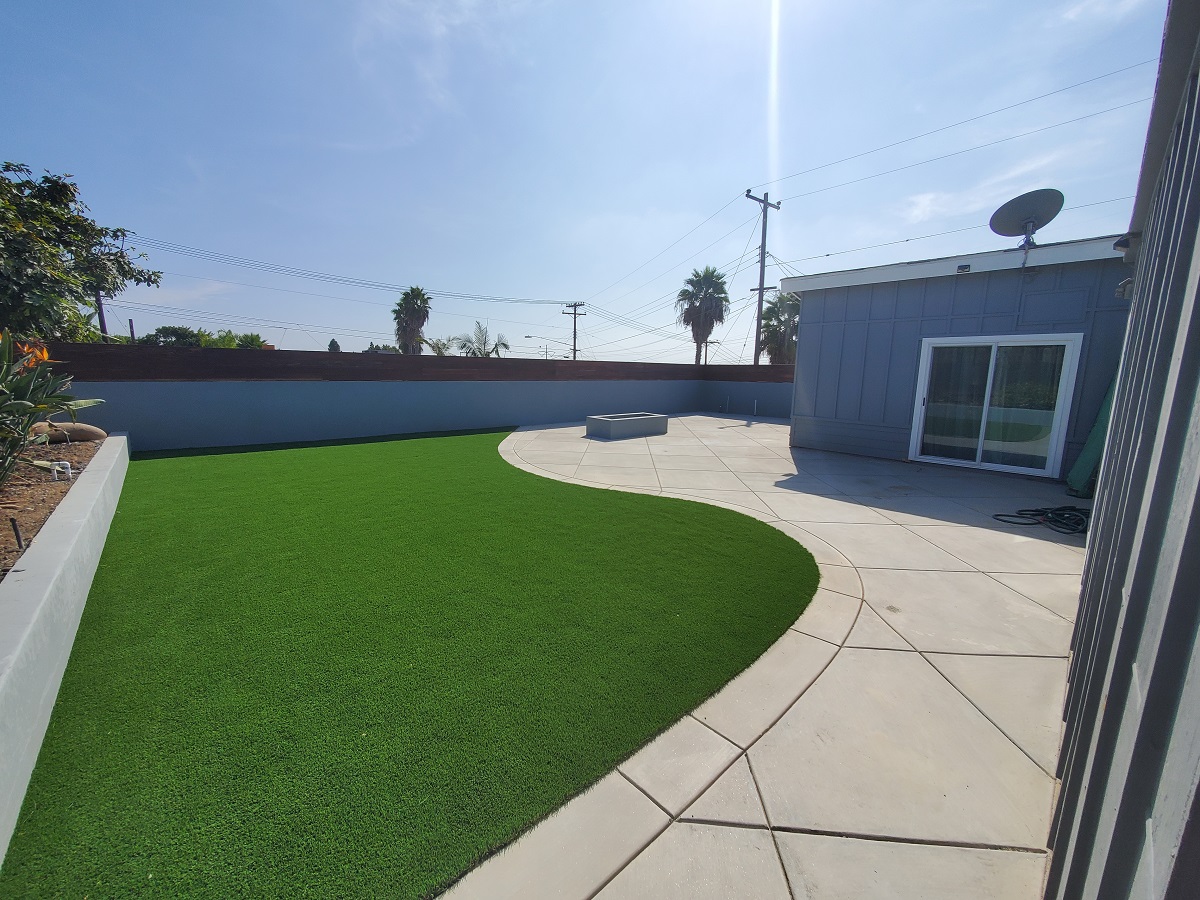
Refurbishing an older home can breathe new life into a residence with a rich history and character. It allows you to maintain the charm of an older property while updating and personalizing it to suit your current needs and tastes. Here’s a closer look at the process and considerations involved.
- Planning and Designing
Just as with building a new home, remodeling starts with careful planning. Define your vision for the remodel, whether it’s updating the kitchen, adding an extension, or a whole-house renovation. Consider hiring a professional architect or designer, especially for significant remodels, as they can help maximize functionality and aesthetics.
Your budget is another crucial element of the planning phase. It’s essential to set a realistic budget that includes a contingency for unforeseen expenses, which are common in remodeling projects. - Choosing a Contractor
Select a contractor experienced in remodeling old homes. They’ll understand the unique challenges these projects present, such as working around old construction techniques or dealing with unexpected issues like outdated electrical systems or structural problems. Check their references and past work to ensure they’re a good fit for your project. - Securing Permits
Before the renovation work begins, you’ll need to secure the necessary permits. The specific permits required will depend on the scope of the renovation and local regulations. A knowledgeable contractor can often assist with this process. - Construction Phase
The construction phase of a remodel can be disruptive, especially if you’re living in the house during the work. It usually begins with demolition, followed by structural work if you’re making layout changes or additions.
Next, the ‘rough-in’ work is done, which involves updating or installing new electrical, plumbing, and HVAC systems. This is followed by installing new drywall, painting, and then installing fixtures, flooring, and cabinetry.
Throughout the construction process, it’s essential to maintain good communication with your contractor. Regular site visits can help you stay updated on progress and make timely decisions. - Inspections
Just like new construction, renovations need to pass various inspections to ensure the work complies with local codes. This typically includes inspections during and after the construction phase. Once all work has passed inspection, you can fully enjoy your newly renovated space.
Remodeling an old home is a journey that balances preservation and innovation. While it comes with its own set of challenges, the result is a unique blend of old-world charm and modern comfort. As with any significant project, success in a remodel lies in careful planning, budgeting, and collaboration with experienced professionals.
Remodeling an Old Home: Pros and Cons
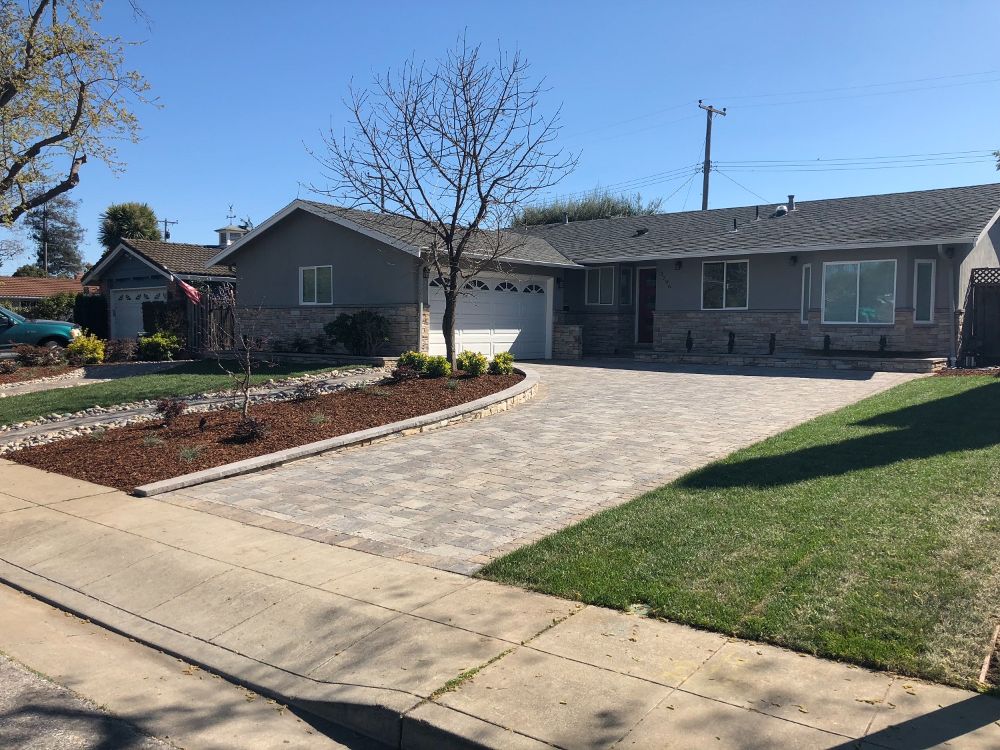
Pros:
- Cost-Effective: Remodeling an existing home is usually cheaper than building a new one. You can choose to remodel gradually, tackling one room at a time to spread out the costs.
- Charm and Character: Older homes often come with a unique charm and character that new constructions may lack. They often have architectural details and craftsmanship that is hard to replicate in new builds.
- Location: If you love your current neighborhood, close proximity to amenities, or if your property has a great view or access to nature, remodeling allows you to enjoy these perks while updating your living space.
Cons:
- Unexpected Issues: Older homes can harbor unseen issues like faulty wiring, plumbing problems, asbestos, or structural weaknesses. These issues can be costly and time-consuming to fix.
- Limited Customization: While you can make significant changes through remodeling, you’re still somewhat restricted by the existing layout and structure of the house.
- Disruption: Remodeling can be disruptive to your daily life, especially if you’re living in the house during the renovation process.
Both building a new home and remodeling an existing one comes with their own sets of advantages and disadvantages. The choice between the two largely depends on your individual circumstances, preferences, and financial capacity.
Building a new home can be an exciting opportunity to create a space that fits your vision perfectly, but it tends to be costly and time-consuming. On the other hand, remodeling an existing home can be a cost-effective way to modernize and add value, but it may come with unexpected challenges.
In the end, it’s important to carefully consider your needs, budget, and long-term plans before making this significant decision. Consulting with a real estate professional or a home builder can provide valuable insights tailored to your situation.
Conclusion
Building a new home and remodeling an old one both have their advantages and disadvantages. While building a new home provides greater flexibility in design and modern amenities, it can also be more expensive and time-consuming. Remodeling an old home has the potential to preserve historic charm while being cost-effective, but it may also come with unforeseen challenges like hidden damage or outdated materials.
Ultimately, the decision to build or remodel will depend on your personal preferences, lifestyle, and budget. It’s important to carefully weigh the pros and cons before making a final decision. Whether you choose to build or remodel, working with experienced professionals can help ensure a successful outcome for your dream home.
Choose Livermore, CA’s Home Remodelers
When it comes to building a new home or remodeling an existing one in the San Francisco Livermore, CA, there are many exceptional home remodelers and builders to choose from. These professionals are adept at creating spaces that reflect the unique lifestyle and preferences of their clients while also understanding and navigating the specific demands of the Livermore, CA housing market.
Livermore, CA’s Home Remodelers has a deep understanding of local building codes and regulations, understanding of local market trends, strong vendor relationships, design for the local climate, and personalized service tailored to your needs. Some notable Livermore, CA’s Home Remodelers include Timeline Design + Build, Valley Home Builders, and HDR Remodeling. Choosing a Livermore, CA’s Home Remodelers for your project offers numerous benefits, including their local expertise, understanding of the market, strong vendor relationships, and personalized service.






